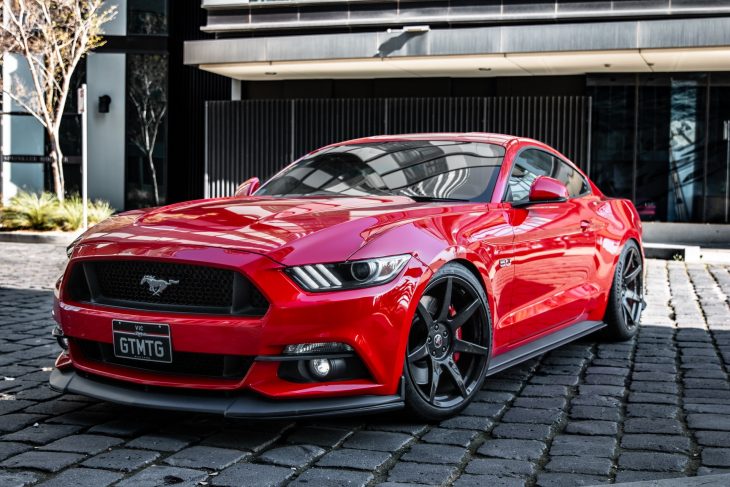
Cars have been such a common part of our lives that we sometimes forget that they have existed for a very long time. If one were to write a book focusing only on car facts, it might actually be miles long!
Cars have been the most common form of transportation, and they have gone through different changes in terms of their overall design and structure. Some of these changes are geared towards protecting human life.
Take the airbag, for instance. Did you know that American industrial engineer and member of the United States Navy, John W. Hetrick designed and developed the first automobile airbag? He used his knowledge and experience in navy torpedoes to design the airbags. Today, his invention is one of the most valuable life-saving car devices.
While traveling to school or to work, have you ever thought about how many parts a car has? It’s got around 30,000 parts, can you believe that? Included in the list are big ones like the engine, wheels, and radiator, and small parts like nuts and bolts, screws, and chips.
It would truly be hard to imagine how life would be like without cars. In 2019, more than 90 million cars were manufactured worldwide! If you want to learn more about cars, now’s the time to fasten your seatbelts because there is so much more where that came from! Let us explore the world of cars through our collection of car facts. Enjoy the ride!
- The first car was built in 1885.
- There are currently 1.2 billion cars in the world.
- A car’s weight affects fuel consumption and performance. A weight of 100 pounds decreases the fuel mileage by about 2%.
- In the early 2oth century, cars became generally available.
- Most cars are designed to carry four or five passengers.
- The automobile is the other term for a car.
- In general, cars need roads to be efficient.
- They are used mainly to transport people as compared to goods.
- Cars are designed with control for driving, safety, and passenger comfort operated by the use of both hands and feet.
- Cars have a variety of lights like headlights, brake lights, signal lights, and interior lights.
- Cars are made of different materials like metal, glass, copper, steel, and aluminum.
- Most cars use diesel or gasoline.
- Additional controls and features are constantly added to cars, making them more reliable and easy to operate.
- Approximately one billion cars are used worldwide.
- Cars are classified using different methods like passenger capacity and engine type.
- The word car originated from the Latin term carrus or carrum which means wheeled vehicle.
- Most car parts such as tires, wheels, batteries, mats, and carpets are recyclable.
- Heavier and bigger cars are safer because they have longer hoods that give them an advantage if at any time the car crashes.
- Cars are one of the major causes of air pollution.
- Most of the injury-related deaths in the world are caused by car crashes.
Nicolas-Joseph Cugnot built the first full-size car.
In 1769, French inventor Nicolas-Joseph Cugnot built the first full-size car, the Fardier à vapeur, with mechanical propellers capable of human transportation. He also created two steam tractors. Unfortunately, his inventions had problems with water supply and steam pressure.

Ferdinand Verbiest created a steam-powered automobile.
A member of the Jesuit mission in China, Ferdinand Verbiest, built a steam-powered automobile in 1672 as a toy for Emperor Kangxi, the second Qing emperor to rule over China proper. Although it is just a small car, incapable of carrying a driver, it is the first functional steam-powered car.
Carl Benz is the inventor of the first modern car.
German engineer Carl Friedrich built the first modern car. His Benz Patent Motorcar is the first modern automobile. The car has three wheels, while its engine is at the back part of the car. It also has a toothed rack or gear wheel for steering. Originally, this car cost around 150 US dollars. His invention was shown to the public on July 3, 1886.
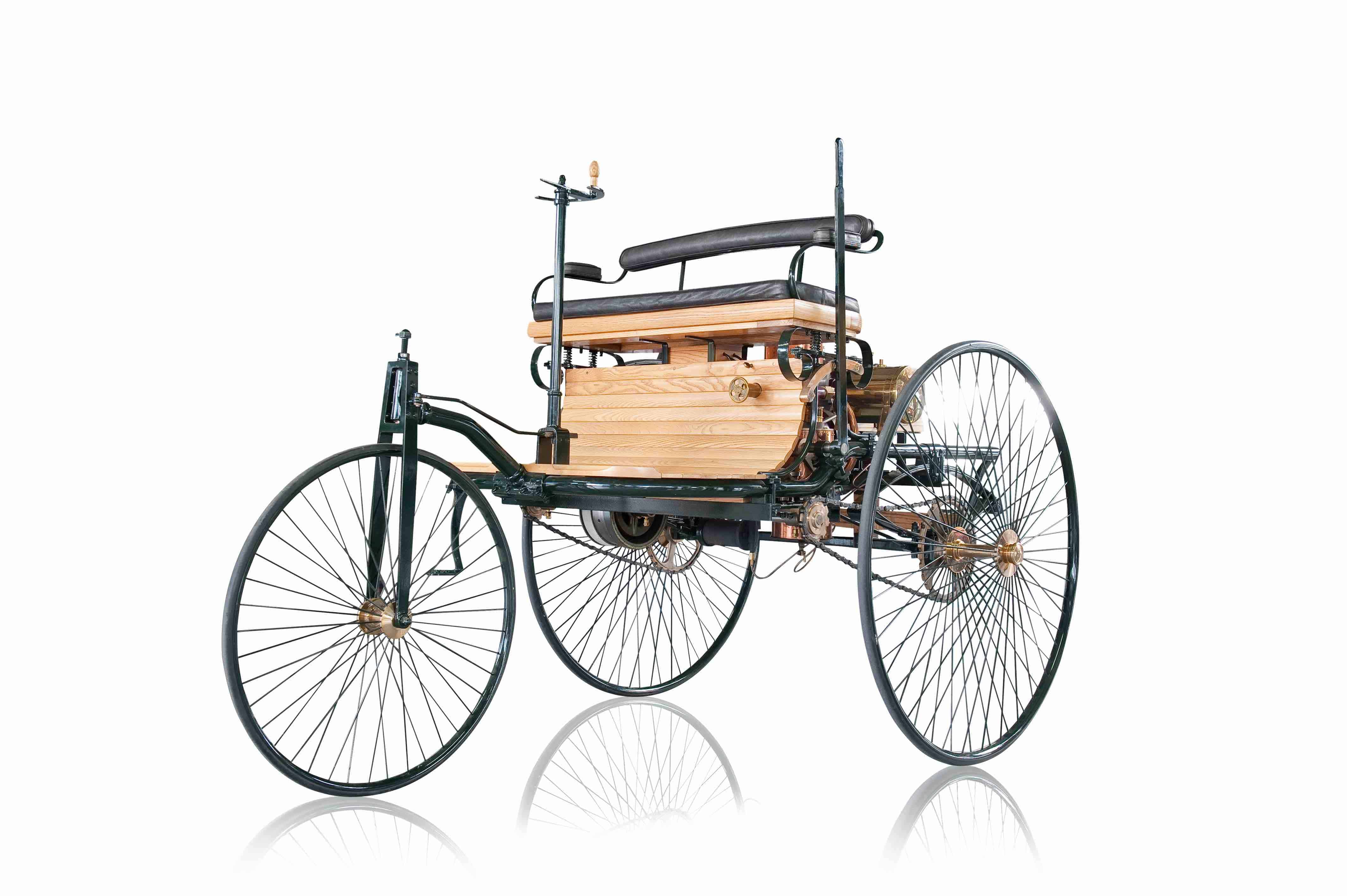
Gottlieb Daimler built the first four-wheeled vehicle.
On 8 March 1886, German engineer Gottlieb Daimler, along with his business partner engine designer Wilhelm Maybach, built the first four-wheeled vehicle called “Daimler Cannstatt.”
Typically, Daimler Cannstatt is like a horse-drawn carriage. It is the first vehicle to run up to 16 kilometers per hour. A set of belts transmitted the engine power. Daimler Cannstatt had its first run on the road of Untertürkheim where Gottlieb-Daimler-Stadion, nowadays called Mercedes-Benz Arena, was located.
Mercedes-Benz is first called Daimler-Benz.
Mercedes-Benz, one of the most prestigious car and truck manufacturers in the world, is based in Stuttgart, Baden-Württemberg. In 1926, it was first called Daimler-Benz, due to the merger between Benz & Cie. and Daimler Motoren Gesellschaft.
However, on May 1, 1924, both companies signed an Agreement of Mutual Interest and continued to produce and sell cars separately. This went on until they formally merged on June 28, 1926, and agreed that all factories would use “Mercedes-Benz” on their automobiles.

Mercedes-Benz's slogan is “the best or nothing”.
Noted for its constant, groundbreaking transformations and high-rank automotive designs, Mercedes-Benz brings to life its slogan, “Das Beste oder Nichts,” which means, ‘the best or nothing.’ The slogan means they vow to continuously give their best in every aspect of their vehicles and services.
The Duryea brothers built the gasoline-powered American car.
American engineer Charles Edgar Duryea, together with his brother Frank, road-tested the first gasoline-powered car. The Duryea brothers used a carriage which they bought for $70 as their first motor wagon or car. They also installed a single cylinder-gasoline motor and called the car the Duryea Motor Wagon. The Duryea wagon had its first run on September 21, 1893, on Taylor Street in Metro Center, Springfield.
Ford Model T was the first affordable car.
Ford Motor Company, founded by Henry Ford, produced the first affordable car. They called it the Ford Model T, which also became known as ‘tin Lizzie.’
Model T has a four-cylinder motor placed on the front part of the car. It has a speed of 40–45 mph. In 1909, it cost $825. As of 2012, Model T ranked 8 on the top ten list of most sold cars.
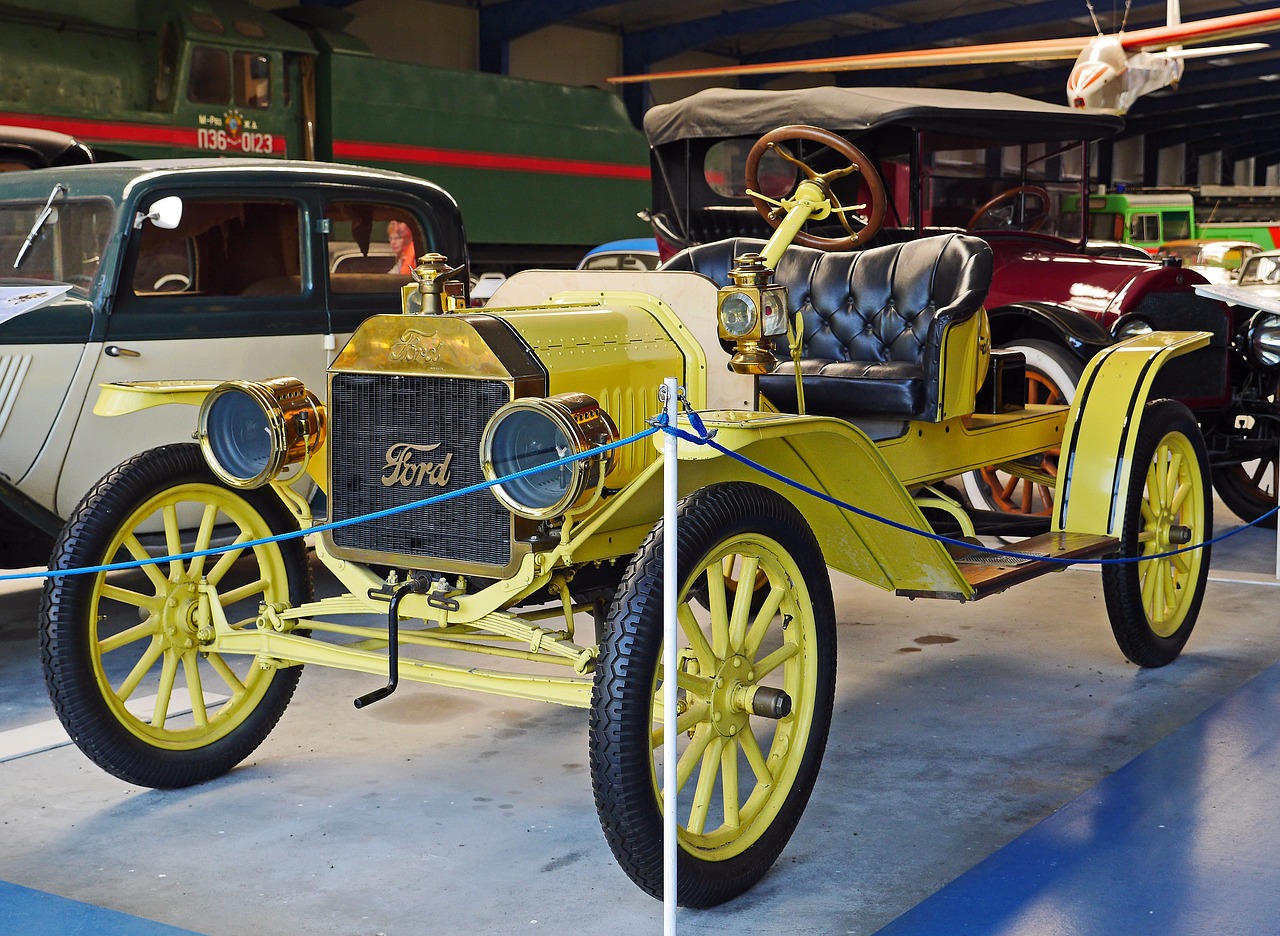
Most people believe that Henry Ford built the first automobile.
In contrast to this belief, Henry Ford began to build automobiles in 1896. As mentioned above, German engineers, Karl Benz and Gottlieb Daimler each built an automobile, 10 years ago in Germany. Nevertheless, Henry Ford’s vision to produce affordable cars for everyone made a great impact.
Ford Motor Company was established by Henry Ford
Five years later, after he introduced his first built T-Model, he established Ford Motor Company. Ford Motor Company, or simply, Ford, is a worldwide carmaker located in Dearborn, Michigan.
Today, the company sells commercial cars and automobiles under the Ford brand, including luxury cars under the Lincoln brand. The company is known by different names all over Asia — in Taiwan, it is called Ford Lio Ho, in China, it is called Changan Ford, in Turkey, it is called Ford Otosan, in Thailand, it is called AutoAlliance Thailand, and in Russia, it is called Ford Sollers.
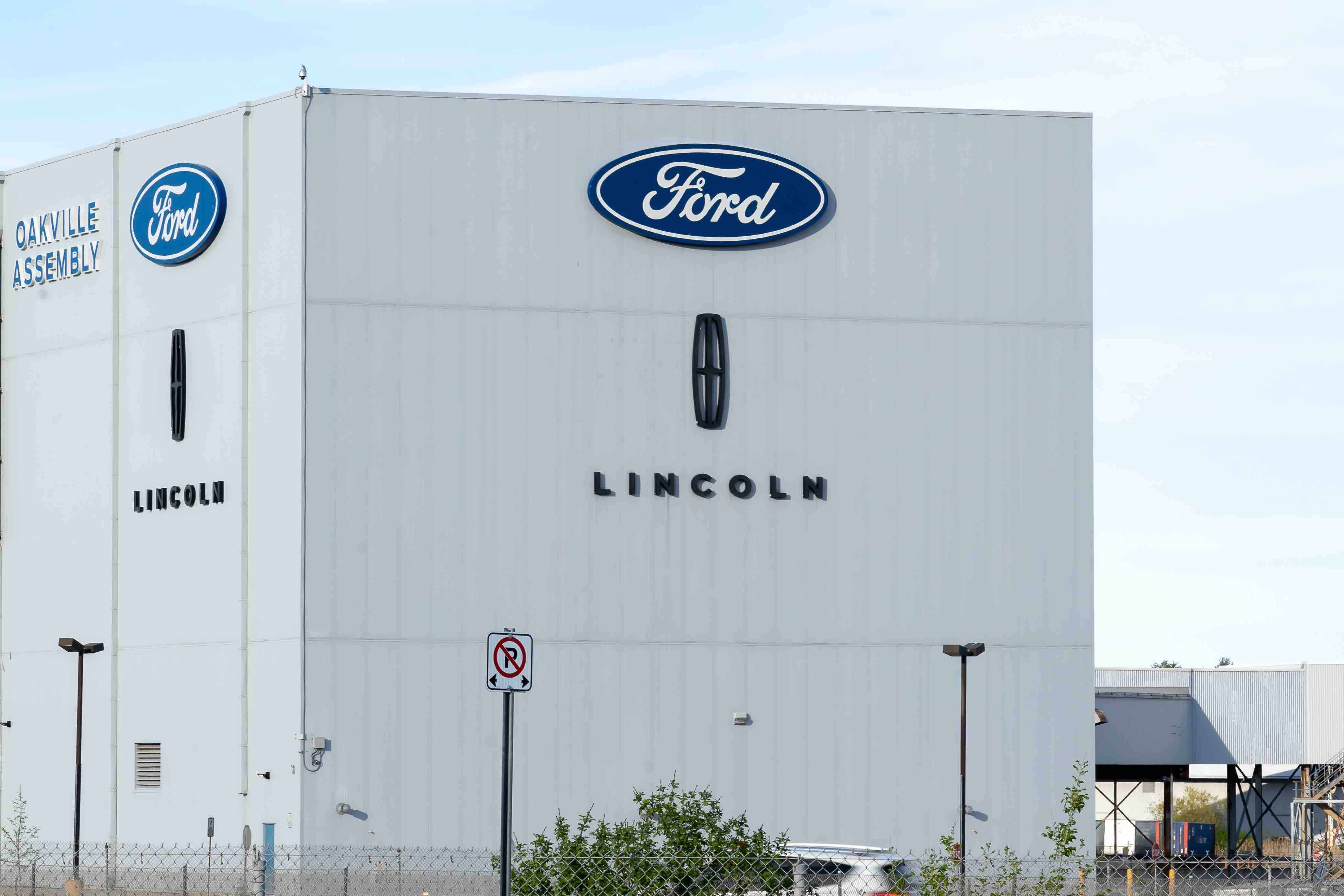
Ford GT40 is a legendary car.
What most people know about this car is that it is one of Ford’s most expensive car. But do you know that this type of car brand is full of secrets? The GT in its name is related to sports racing, GT means Grand Touring. Meanwhile, 40 refers to its body height in inches.
Ford Motor Company built this rare collectible vehicle between 1964 and 1969, and only 126 of this car was built in Great Britain. Not only that, this historical car is a four-time winner in 24 Hours of Le Mans, the world’s oldest active sports car race under the endurance racing category. It won from 1966 to 1969.
When Rolls met Royce, it marked the beginning of their history.
Henry Royce, an English engineer, started his mechanical and electrical business and built his first car, a two-cylinder Royce 10 in 1904 in a Manchester factory. He met Charles Rolls, who was the owner of the C.S. & Rolls company. Rolls was fascinated with Royce 10.
It was in 1904 when Charles Rolls and Henry Royce began their extraordinary partnership. With their innovative minds, they started a British luxury car manufacturing company called Rolls Royce. By producing “the best car in the world,” they immediately gained a good reputation in the car manufacturing business.
Rolls Royce 10 is the first partnership automobile.
Despite Rolls’ preference for a 3 or 4 cylinder car, Charles Rolls was still impressed with Henry Royce’s car. Because of this, Charles and Henry had an agreement in 1904 that all cars would be under Rolls-Royce and would be sold exclusively by Rolls. Rolls-Royce’s first car was Royce 10. It had an 1800-cc water-cooled twin cylinder, with overhead inlet and side exhaust valves and a speed of 39 mph.
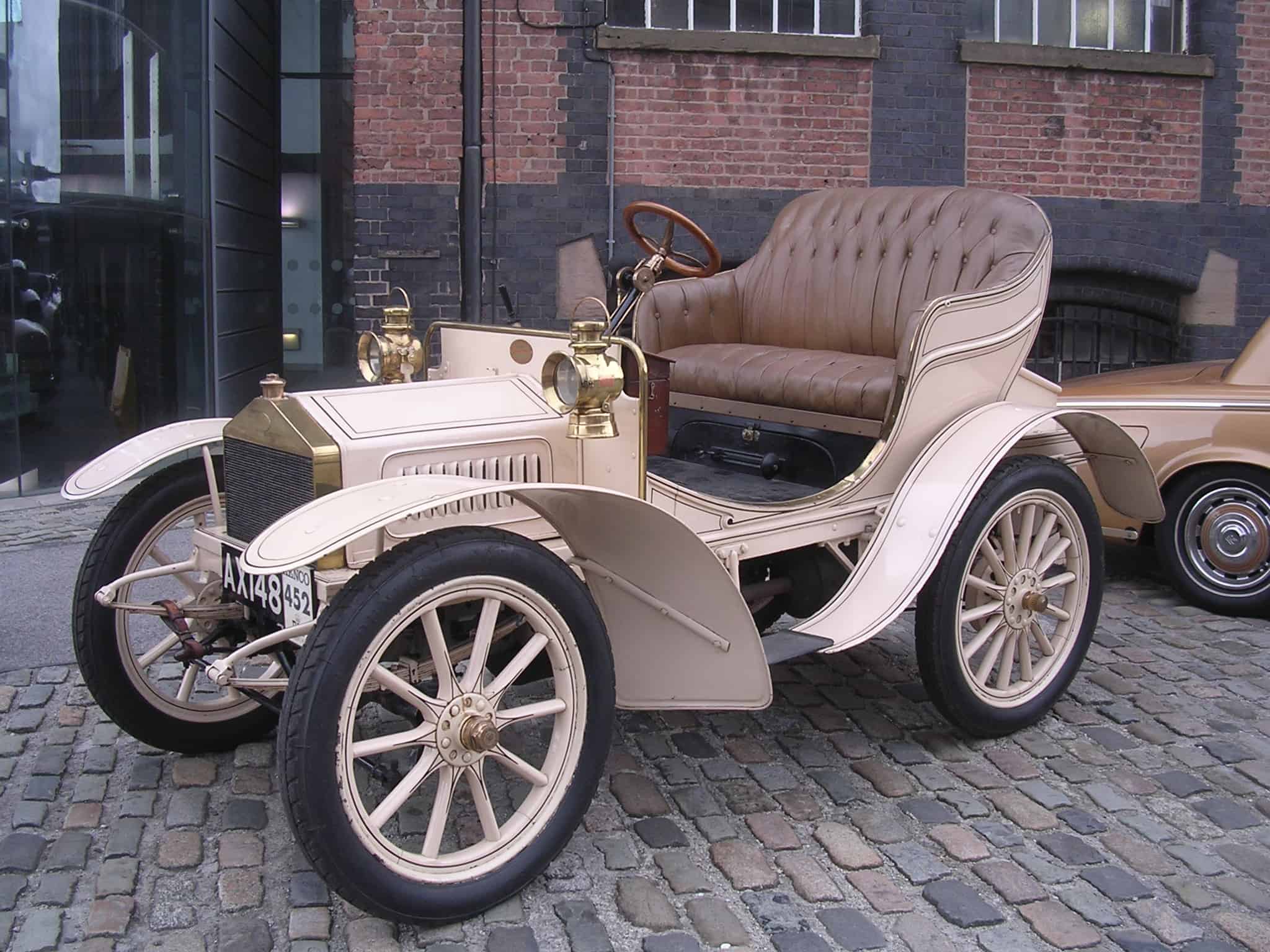
They exhibited Royce 10 at Paris Salon in December 1904 together with the other car models, 15hp, 20hp, and 30hp. Royce 10 was sold at a price of £395, equivalent to a current value of up to $600,000 today.
Phantom IV is one of the rarest Rolls.
Rolls Royce built a special automobile that is only meant for people with distinction such as aristocrats and leaders. They called this car Phantom IV and became one of the rarest cars, a distinction it holds until today. Between 1950 and 1956, only 18 were made. Sixteen of these cars still exist in some museums.
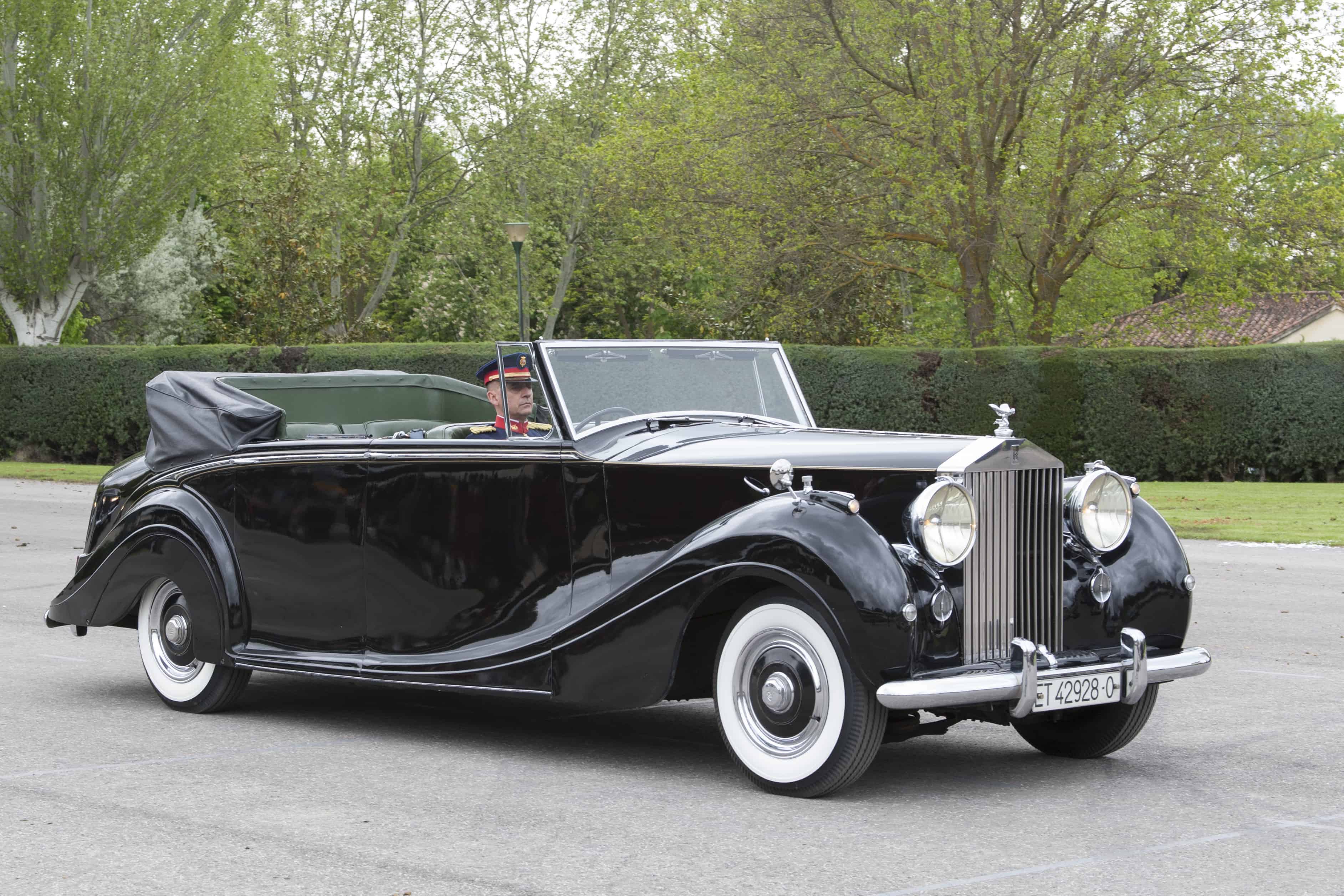
Phantom IV differs from the other models, aside from a larger size and with an engine with increased capacity and power, it is the only Rolls Royce car that has a straight-8 engine powerful to run long distances at a slow speed. This feature is commonly seen in ceremonial cars.
Phantom IV is a car for royalty.
Throughout the 1930s and 1940s, Rolls Royce acquired its reputation for elegance, and became the only choice of the Royal Family. Princess Elizabeth is the first to own Rolls Royce’s Phantom IV.
Upon the accession to the throne of Princess Elizabeth in 1952, Phantom IV became the official car of the United Kingdom. Its color is Valentine green, deep green with a slight blue secondary hue, with a red-line striping. But then it was repainted to royal claret and black. They used this car during the wedding of Prince William of Wales and Kate Middleton.
Mark Court is the man behind Rolls Royce pinstripe.
Have you ever noticed the pinstripe of Rolls Royce cars? This pinstripe is a red thin line from the headlights, just before the taillights. It is the work of Mark Court, the only person tasked to do this job.
For over 17 years, Mark Court has been doing this very delicate job. He needs to be extra careful in painting this pinstripe because there is no way to erase it. This may seem like an easy job but it takes him three hours to finish a pinstripe and took five years before he masters this skill.
BMW transformed from aircraft engine manufacturer to the high-ranked car maker.
To most people, it is no longer new that BMW is one of the most recognized car manufacturers. But here is something that will surprise you, BMW did not begin as a car manufacturer, but as a producer of airplane engines.
BMW III, a straight-six aircraft engine, was the first product of BMW. In 1928, BMW acquired Fahrzeugfabrik Eisenach, an automobile manufacturer in Germany. From that day on, the company became a car manufacturer and it continuously expands its range to sports and extravagant cars.
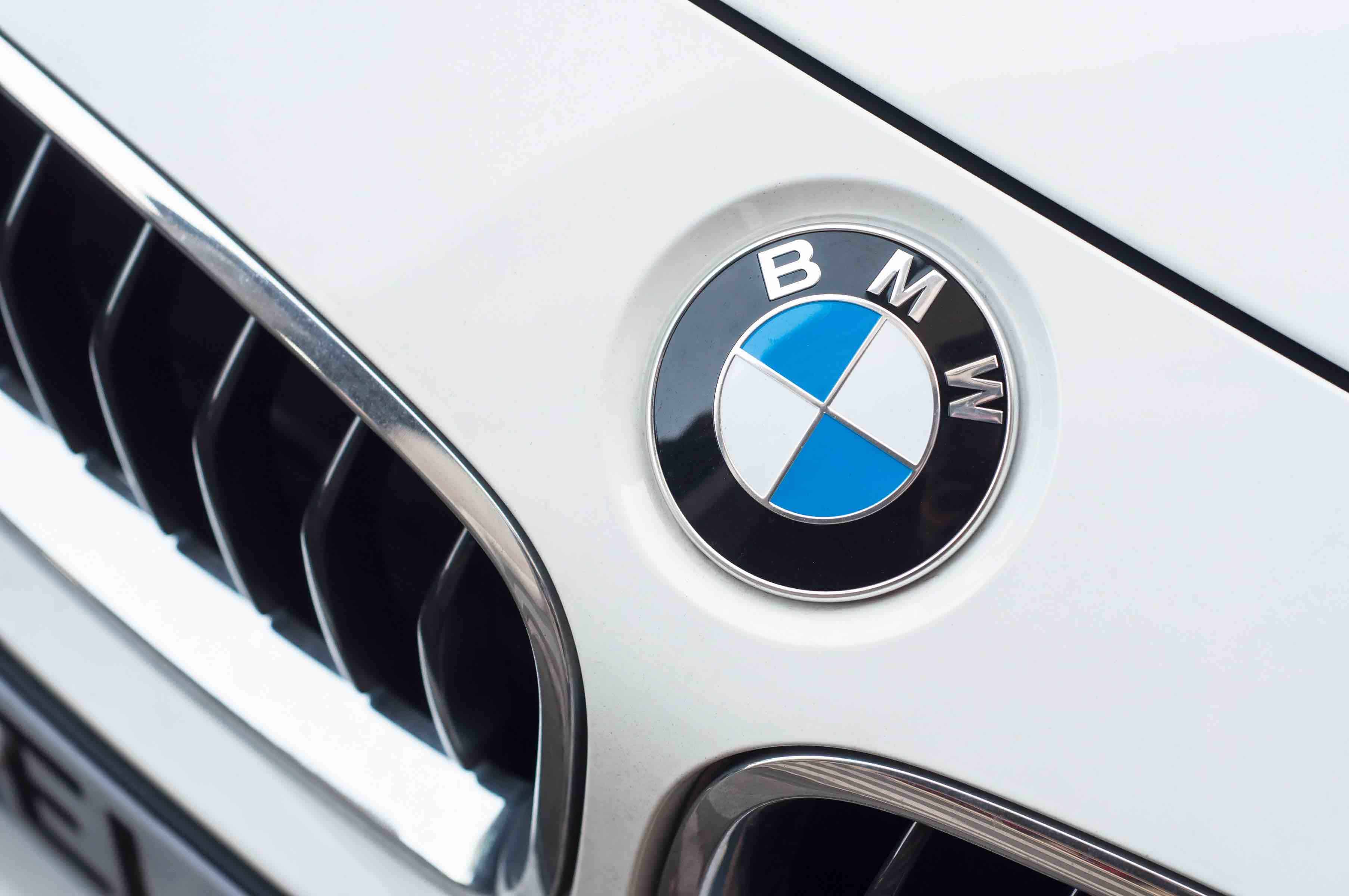
BMW logo represents the Bavarian Flag.
Many think that the checkered design of the BMW logo represents a spinning aircraft propeller. BMW already made a lot of effort to correct this misconception. Originally, the company’s name is Rapp Motorenwekre, until it changed its name to Bayerische Motoren Werke or Bavarian Motor Works and is nowadays known as BMW.
BMW’s logo originated from the Rapp Motorenwerke’s emblem. Currently, the logo has the BMW inscription. The center has a blue and white design that looks like the flag of Free States Bavaria. This design displays the company’s Bavarian heritage.
Volkswagen was Hitler's wish.
Volkswagen is one of the car manufacturers that created a name and reputation in the automobile industry. In the 1930s, people considered cars as a luxury, and in Germany, only 1 out of 50 owned a car. In relation to this, Adolf Hitler looked for someone who can design a car that a common citizen of Germany can afford.
As requested by Hitler, the German Labor Front founded Volkswagen or VW in 1937, and it is situated in Wolfsburg. In addition, Hitler called Ferdinand Porsche, an Austrian automotive engineer, to design a car that is suitable for a small family and has a speed of at least 100 kilometers per hour.

Beetle is the iconic car of Volkswagen.
In the history of automobiles, the Volkswagen Beetle is one of the oldest and most enduring. Beetle or Volkswagen Type 1 or as some call it the “Bug”, the curvy, two-door, economy car designed by Ferdinand Porsche, under the direction of Adolf Hitler, became an iconic symbol in the 1960s. The German car manufacturer Volkswagen produced and marketed it from 1983 to 2003.
A car has 30,000 parts.
If we try to count car parts to the smallest nut, an average car has 30,000 parts. This includes large parts like the engine, radiator, alternator, and muffler. The smallest counting parts like bolts, nuts, screws, chips, amongst many other parts.
92 million cars were manufactured in 2019.
Production of cars is constantly on a roll these days, and in 2019 more than 90 million cars are produced worldwide. But these numbers actually went down by around 5% if we compare it to the year 2018.
China is the highest producer of cars.
The car market of China is truly gigantic. Undoubtedly, China is the biggest car manufacturer worldwide. In 2019, China produced approximately 25.7 million automobiles. Around 83% of China’s production is for personal use cars.
Walter Arnold was the first driver who got a speeding ticket.
The first man who received a speeding ticket was Walter Arnold. He was driving the 1896 Arnold Benz Motor Carriage. A sharp-eyed policeman chased and pulled Arnold over. The policeman charged him for driving four times the speed limit while passing through the village of Paddock Wood, Kent.
The biggest speeding fine is a $290,000 ticket.
The largest and most jaw-dropping fine was $290,000. It was so shocking it made its way to the Guinness World Records. An anonymous Swiss motorist drove at a speed of 137 kilometers per hour or 85 meters per hour in an 80 kilometers per hour or 50 meters per hour zone near St. Gallen, Switzerland. In the country, the fines for breaking the speed limit are based on one’s wealth.
SSC Tuatara is one of the fastest cars in the world.
SSC America, formerly known as Shelby SuperCars Incorporated, is an American carmaker. It designed and produced SSC Tuatara. The end result of the design is between the collaboration of Jason Castriota, an American automobile designer, and SSC. Originally, the car was a 6.9-liter twin-turbocharged V8 engine, but then they reduced it to 5.9 liters so that the engine may have a higher redline of 8,800 RPM.
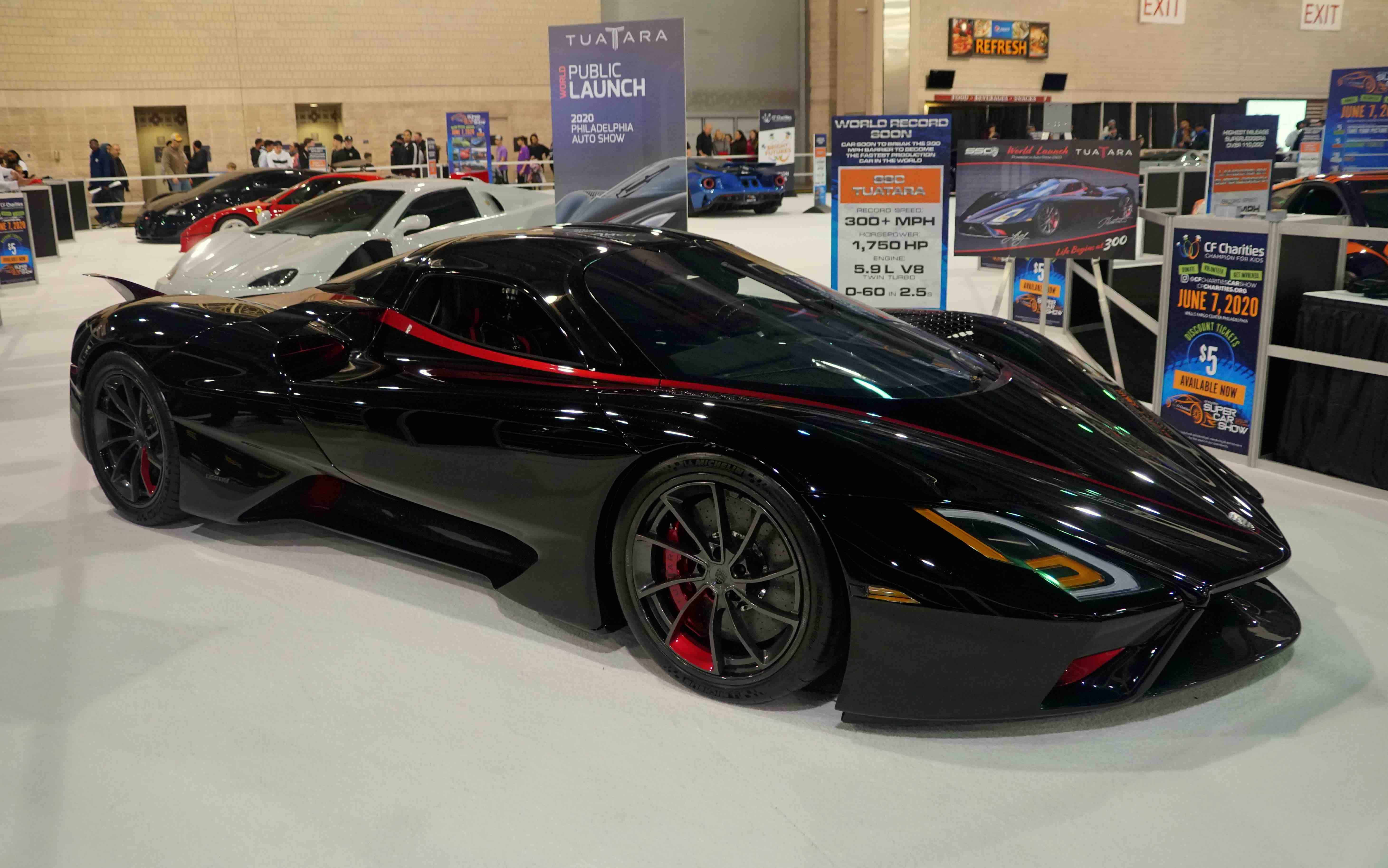
RPM stands for Revolutions Per Minute. It measures how many times an engine turns in a minute, and how hard an engine works. According to SSC, on October 10, 2020, Tuatara created a new speed record, recording a one-way top speed of 331.15 miles per hour or 532.93 kilometers per hour.
Bridget Driscoll was the first person killed by a car.
The death of Bridget Driscoll was the first recorded foot-traveler killed in an accident with a motor car. Bridget Driscoll, with her friend Elizabeth Murphy and daughter Mary, crossed the Dolphin Terrace on the grounds of the Crystal Palace in London.
While Arthur James Edsall was driving a car belonging to the Anglo-French Motor Carriage Company, it zigzagged and struck Driscoll. The driver claimed that he was traveling at a speed of 4 miles per hour. The court verdict was “accidental death” after investigating for six hours.
Ralph Teetor invented cruise control.
One crucial part of a car is cruise control, this automatically controls car speed. Ralph Teetor invented cruise control. He was the president of a car parts manufacturer, The Perfect Circle Co.
After 10 years of improving his invention, Teetor received his patent for the speed control device. “Controlmatic,” “Pressomatic,” and “Speedostat,” were the common names for the device. Later on, “Cruise control” became its common name.
Peel P50 is one of the smallest cars in the world.
Peel Engineering Company produced and designed an eccentric and extreme car called Peel P50. From 1962 to 1965, the company manufactured this microcar in Isle of Man, United Kingdom. The car has three wheels, one light, one door, a single windscreen wiper, and has the capacity to carry one passenger and their shopping bags. It weighs around 230 pounds without a passenger. This microcar set its record in the 2010 Guinness World Record as the tiniest car ever made.
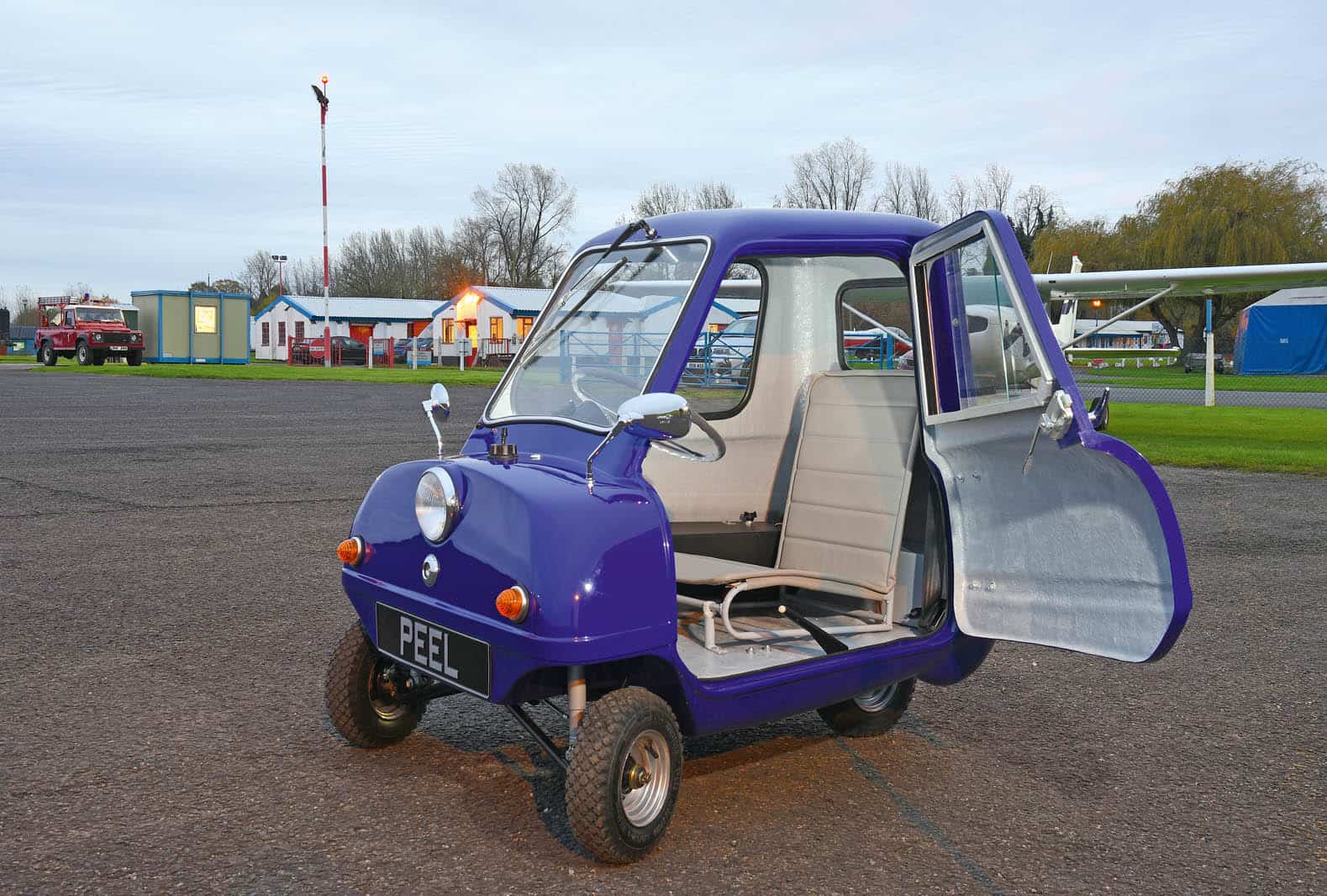
Peel P50 is one of the slowest cars in the world.
Peel P50 is a head-turner car, and whoever sees this car will surely be mesmerized as it runs on the road at a snail-like speed. Its speed is just about 28 miles per hour or 45 kilometers per hour.
In 1963, Peel P50 had its first run at the top of Blackpool Tower. More or less, there are 47 Peel P50 sold at £299 each. Its eccentricity clawed another spot in the Guinness World Record.
Jay Leno has a unique car collection.
Most people know Jay Leno as a comedic actor, writer, producer, and TV host. His first TV appearance was on the television show, “The Tonight Show,” performing a sequence of jokes. Apart from these, Leno is also an admired car collector.
Learning how to fix vehicles was one of the reasons why he became passionate about cars. He had his first car at the age of 14. Jay Leno has about 341 vehicles of which 181 are cars.
Moreover, his garage is full of vintage, rare, expensive, and antique cars, and motorcycles and this collection is already amounting to $52 million.
Stanley Steamer is the oldest car Jay Leno owns.
In the collection of Jay Leno, his oldest one is the 1906 Stanley Steamer. In 2007, Stanley Steamer had a catastrophic failure, and Leno and his team worked to get back the car into shape. The crew worked on some of the car parts, replaced the manual brakes with hydraulic drum brakes from a Jaguar XK12, changed the battery, acetylene headlights, and a 23-inch boiler to a 30-inch boiler. They even bumped up the horsepower.
The Netherlands has more bicycles than cars.
Not really car facts, but it’s important too! The Netherlands maintains the record as the country with the highest number of bicycles per capita. Cycling is one of the most common forms of transportation in this country. Around 37% of Dutch use their bicycles for their trips in contrast to 45% who use cars.
In 1940, there were about 4 million bicycles in an 8 million population. Cycling is already part of the Dutch culture and lifestyle. Netherlands’ cycling infrastructure really encourages its people to use bicycles than cars.
To sell a car in GTA5, one has to steal.
Interested in how to earn money in Grand Theft Auto 5 (GTA5)? There are different ways to earn money in this game, but the easier one is to steal a car. Follow the rule of thumb, find a nice car, steal it, then look for Los Santos Customs, just drive the car in the garage and sell it. Basic cars cost around $1,000 to $2,000 while sports car costs up to $9,000.
Hyundai manufactures the Genesis car.
Genesis Motor LCC, also called Genesis, is a luxury car produced by Hyundai Motor Group. In 2003, Hyundai conceptualized “Concept Genesis,” and took three years to conceive the car body design. It cost $500 million. In 2007, Hyundai presented the first model as a “progressive interpretation of the modern rear-wheel-drive sports sedan.”
At the beginning of 2008, Hyundai marketed the Genesis car as the newest, high-class sports sedan at North American International Auto Show. Luc Donckerwolke, a Belgian automobile designer, is the chief creative officer of Genesis car. He was the former designer of the Volkswagen Group before he joined Hyundai.
G90 is the first Genesis car.
G90 is a four-door luxury car manufactured by Genesis, a sub-division of Hyundai. It comes in two types: turbocharged 3.3-liter V6 which makes 365 horsepower, and 376 lb-ft. of torque, and 5.0-liter V8 with 420 horsepower and 383 lb-ft. of torque. In addition, it also has a multi-link suspension and tons of power seats and speakers in the back.
Ferdinand Porsche invented the first hybrid car.
It’s just recently that hybrid cars reached their popularity, despite being around for several years now. Ferdinand Porsche is an Austrian-German automotive engineer and the founder of Porsche. He invented the first hybrid (Lohner–Porsche) in 1900. Porsche used an octagonal electric motor, with 3-5 PS (PferdStarke) or horsepower and its top speed is 25 kilometers per hour.
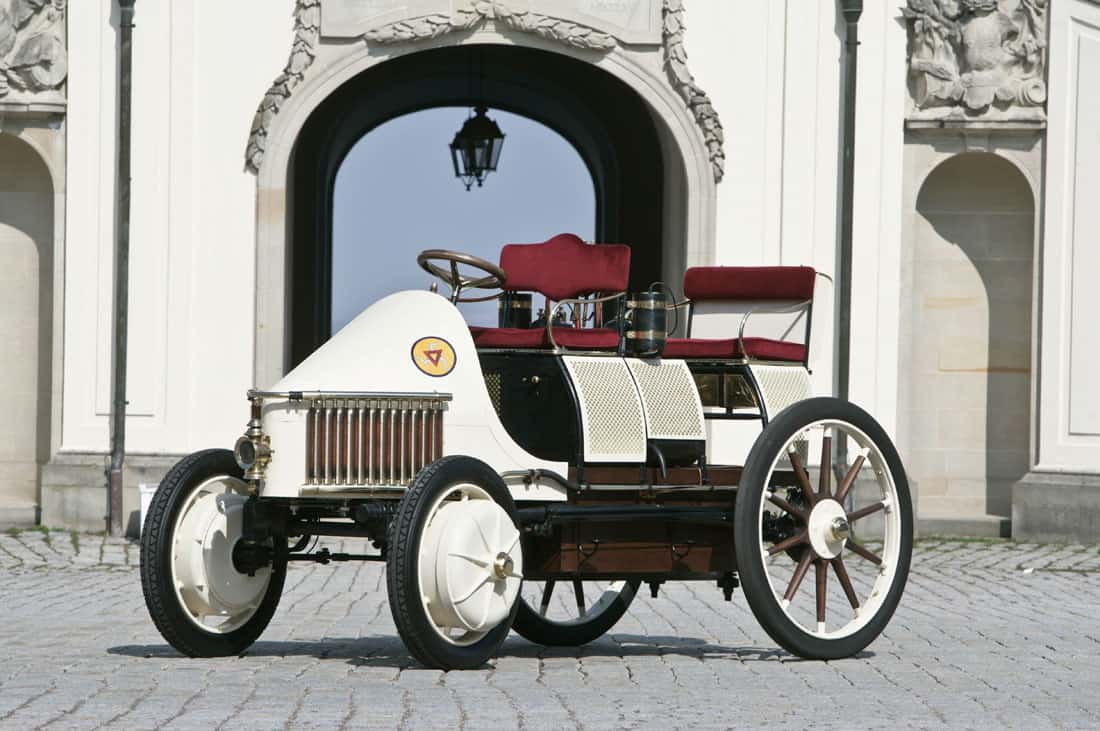
The hybrid car is a fuel economy vehicle.
In the earlier times, the hybrid car seemed unnecessary due to low-cost gasoline. But with the price increase of petroleum, cars manufacture venture into hybrid cars. Hybrid electric vehicles, (HEV), is a combination of a diesel car and an electric car. Hybrid cars also used to store and maintain the car’s battery. The use of electricity and fuel means less fuel consumption.
Autonomous cars can sense their environment.
An autonomous car, also called a self-driving car, robocar, and a driverless car can sense its environment. This kind of car has a variety of sensors that can recognize its surroundings. Among these sensors are radar sensors that detect nearby vehicles, lidar which monitors lights, and distance and road edges, and the ultrasonic sensor which identifies curbs and other vehicles when parked. It also has a video camera that distinguishes road signs, pedestrians, and tracks other vehicles.
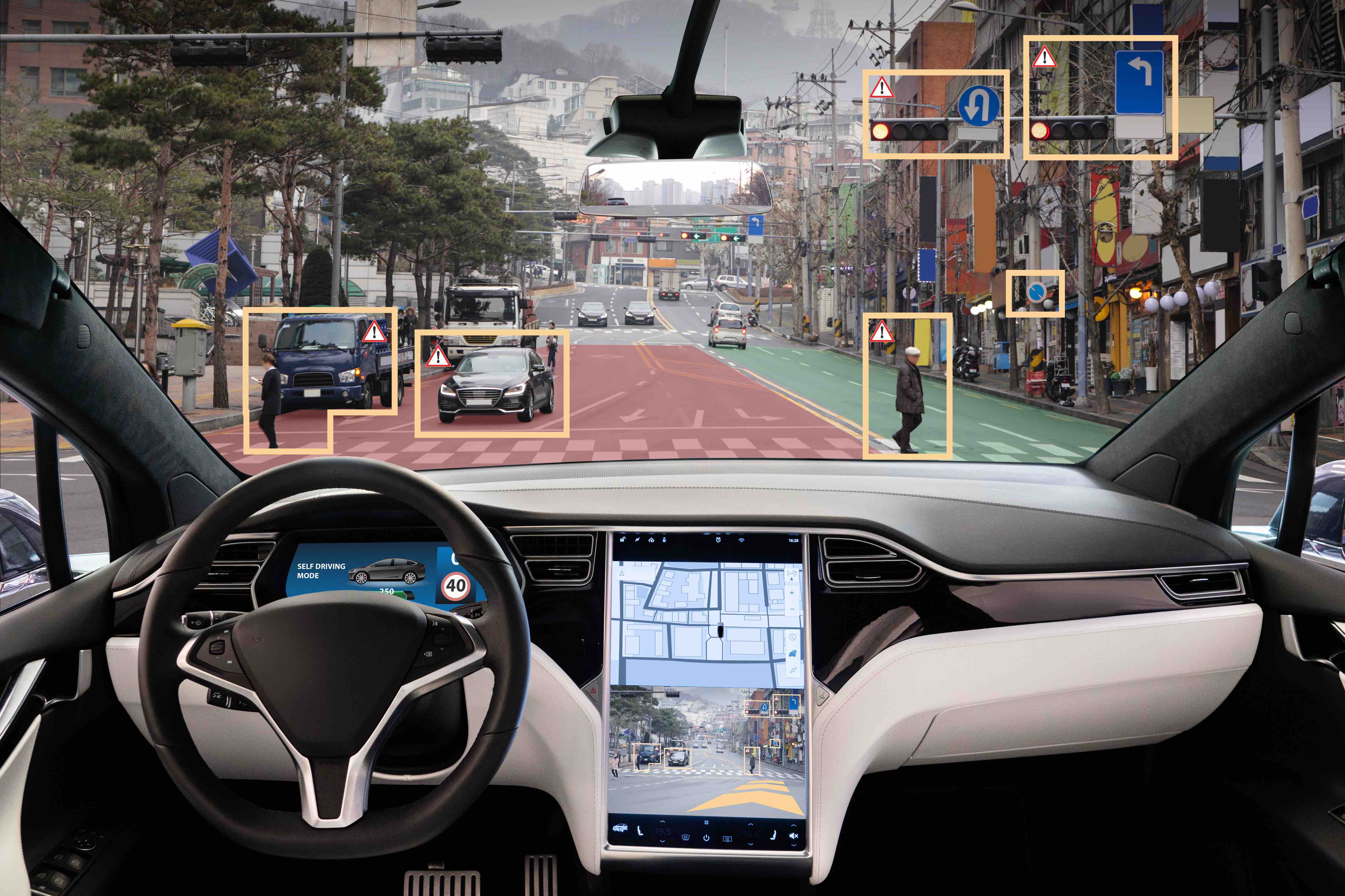
Packard was the first company to offer A/C equipped car.
Nowadays, a literally cool car is a must for car buyers. In 1939, Packard, a luxury car manufacturer from the United States, was the first to have air conditioning units installed in its cars. Bishop and Babcock (B&B) manufactured this “weather conditioner”.
They also included heaters in the unit. B&B factory performed their unit conversion at Packard’s East Grand Boulevard. Unfortunately in 1941, car conversion to an airconditioned unit was discontinued due to mechanical problems.
Nils Bohlin was responsible for the three-point lap seatbelt.
Swedish mechanical engineer, Nils Ivar Bohlin, invented the three-point seat belt. The three-point seat belt is a safety device that has both a lap and a shoulder portion, having three attachment points. Bohlin created the seat belt for one year using his background in engineering and experience in Saab, a Swedish aerospace and defense company.
Robert Anderson created the first crude electric carriage.
Around the years 1832 and 1839, Scottish inventor, Robert Anderson, invented the first crude electric carriage. Anderson strapped a non-rechargeable battery onto his carriage. For the battery to generate power, he used crude oil. His idea of building a horseless carriage made a mark in the field of science.
Francis Davis worked on the first power steering.
Power steering eases the drivers’ difficulty of controlling the steering wheel. Francis Davis, an engineer of Piece-Arrow in Buffalo New York, explored how he can make steering more effortless.
In 1926, he invented the first power steering system and offered it to General Motors. However, according to the manufacturer, it was too expensive.
Fortunately, Bendix, an American manufacturing and engineering company, collaborated with him. From 1931 to 1943, Davis got five patents for his power steering system.
1951 Chrysler Imperial had the first power steering system.
Chrysler Corporation launched the first passenger power steering car on the 1951 Chrysler Imperial. Francis Davis’ expired patents were the opening for the Chrysler system called the “Hydraguide.” After a year, General Motors also released the 1952 Cadillac with a power steering system and used the design of Davis 20 years ago.
Edward James Lobdell developed the first tilt wheel.
In the 1900s, Edward James Lobdell developed the original seven-position tilt wheel or adjustable steering wheel. General Motors introduced this to all passenger cars in 1963, then Chevrolet followed after a year.
The tilt steering wheel has a ratchet joined placed in the steering column. By releasing the ratchet lock, it can be adjusted downward or upward or as needed.
Ferrari 250 GTO is the most expensive car ever sold.
From 1962 to 1964, Ferrari, a manufacturer of the unique sports car in Italy, produced Ferrari 250 GTO. The 250 in its name represents the cubic centimeter of its cylinders. Only 36 Ferrari 250 GTO were manufactured from 1962 to 1964.
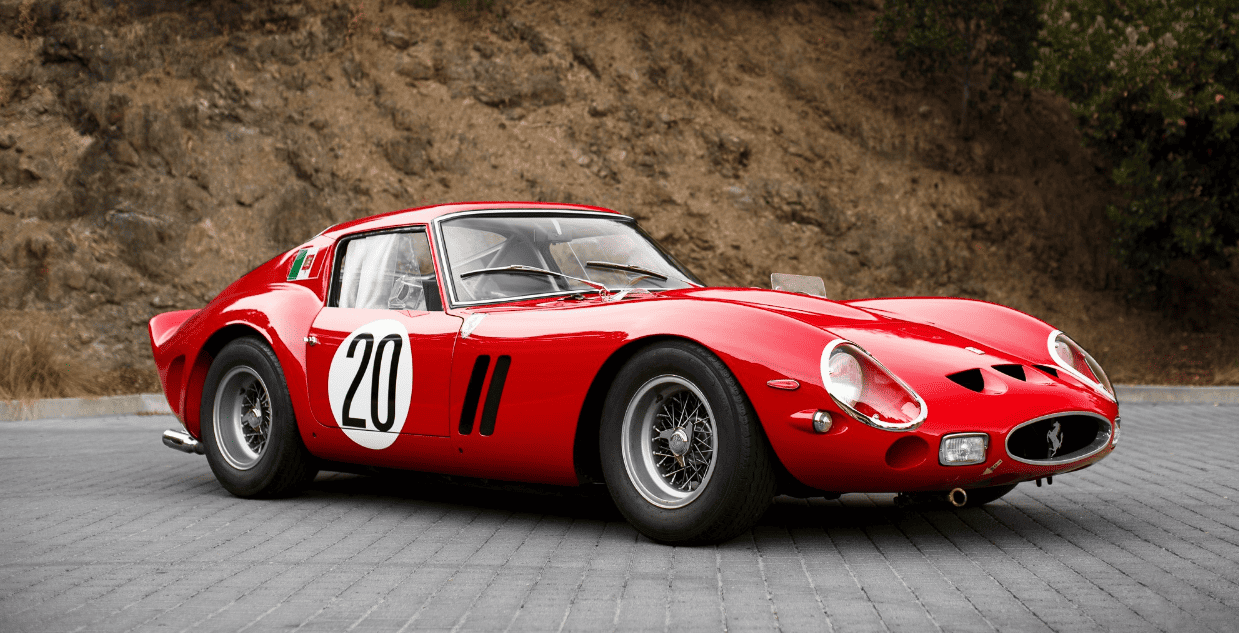
Originally, the 250 GTO price was $18,000 in the United States. Ferrar1 240’s rarity and beauty made as one of the most desired cars of car collectors. This car continued to set price records. In June 2018, a Ferrari 250 was sold for $70 million, this set another record as the most costly ever sold.
Mary Anderson conceptualized the first operational windshield wiper.
During a chilly tram ride in New York in 1903, Mary Anderson, an American real estate developer, noticed it was difficult for the driver to look at the windshield. She thought of a device to be used as a windshield wiper. When she returned to Alabama, she looked for a designer to work on a wiper arm.
She created a device with a lever inside the windshield and a rubber blade outside so it can also move back and forth from the windshield.
On June 13, 1903, she applied for a patent for the device and was granted on November 10, 1903. Anderson’s windshield wiper was the first to be effective.
The name Hyundai means "modernity."
Hyundai is a car manufacturer based in Korea. The company’s name is a Korean word that means “modernity” and is pronounced as “Hyun-day.” In 1947, Chung Ju-Yung established Hyundai Engineering and Construction Company, and in 1967, the Hyundai Motor Company was founded. Hyundai released its first model in 1968, the Cortina, in cooperation with Ford Motor Company.

Hyundai's logo symbolizes a handshake.
Initially, Hyundai’s logo was interchanged with Honda’s emblem. The tilted letter “H” symbolizes the name of the company. It also shows a silhouette of two persons shaking hands. This shows the relationship between the customer and the company. Their handshake means trust and satisfaction.
Muscle cars were also called "supercars."
In 1949, General Motors launched the first muscle car. Initially, muscle cars were called “supercars.” The term originated from the 1960s to the early 1970s. Muscle cars have a V8 engine, a lightweight body, and rear-wheel drive and were designed for drag-racing.
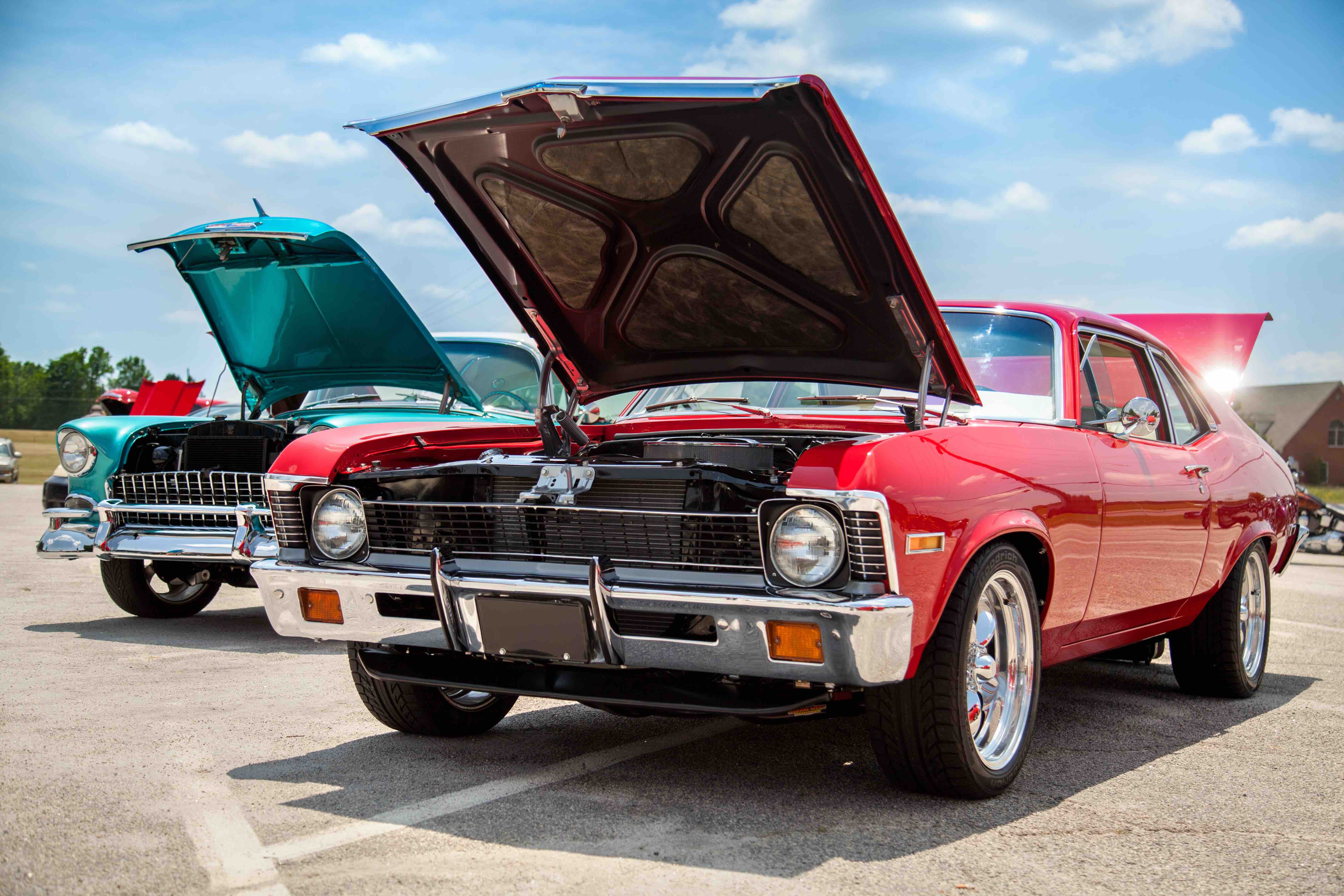
Oldsmobile 88 was one of the earliest muscle cars.
Opinions may vary on the origin of the muscle car, but one of the earliest full muscle cars was the Oldsmobile 88. Oldsmobile, an American car brand, developed and sold Oldsmobile 88 from 1949 to 1999.
Oldsmobile 88 was a combination of the advanced super V8 engine and small light body, making a top speed of 135 horsepower. The car made a mark in the history of NASCAR (National Association for Stock Car Auto Racing) when it won six times in the late division races. The slogan “Make a Date with a Rocket 88” and the rock song “Rocket 88” were inspired by Oldsmobile 88.
Toyota is a twist from loom to car business.
Kiichiro Toyoda was a Japanese businessman and son of Sakichi Toyoda, the founder of Toyoda Automatic Loom Works. Kiichiro, after a lot of research, decided to change his father’s business to an automobile manufacturer. He then built Toyota Motor Corporation, which is now the biggest car developer in Japan and one of the largest automobile manufacturers worldwide. In 2019, Toyota sold about 10.7 million vehicles globally.
Toyota Corolla is the top-selling car of all time.
Toyota Motor Corporation, a multinational car manufacturer in Aichi, Japan developed and introduced Toyota Corolla in 1966. Since then, Toyota Corolla became the top-selling car in the world and even beat Volkswagen Beetle.
In over 12 generations, Toyota had achieved tremendous success with 44 million Corollas sold. The word “corolla” is a Latin term that means crown. The company naming tradition to include Corolla originated from Toyota Crown for sedans.
John Hetrick fabricated the first car airbag.
American industrial engineer and member of the United States Navy John W. Hetrick designed and developed the first automobile airbag. To protect his family on the road, he used his knowledge and experience in navy torpedoes to design the airbags.

He filed for an airbag patent on August 5, 1952. The United States approved it on August 18, 1953. Unfortunately, no company had bought his invention. Although it gained a little value in his time, fast forward today, his invention is now one of the most valuable life-saving car devices.
Car wax extends the car lifespan.
Keeping cars clean is one way to expand a car’s life span. Washing and waxing are ways to protect the exterior parts of the car. Car wax shields and improves the car’s paint. Moreover, it also protects the car from scratches and allows dirt particles to slide rather than scraping into the paint.
Aside from this, car wax also protects the paint from exposure to different elements like bird droppings, snow, rain, tree sap, harsh UV radiation, and other similar things.
Meguiars Ultimate Liquid Wax is amongst the top-selling car wax today.
Meguiar’s is currently located in Irvine, California, United States Of America. The company offers a lot of automobile maintenance products. One of their products is the Meguiar’s Ultimate Liquid Wax, a pure synthetic car wax that is odor-free.
Cars should be waxed at least every three months.
Car wax is really beneficial because it adds a layer of protection to a car’s paint. According to some sources, cars should be waxed at least every three months.
Though car owners should also consider some factors, such as the length of time the car is outside the garage or how much it is exposed to elements that will cause the paint to fade. New cars do not require much waxing compared to two or three-year-old cars.
Chemical Guys' Mr. Pink Super Suds is one of the best-selling car shampoos today.
Chemical Guys is a worldwide manufacturer that produces high-quality car-care products and accessories, situated in Southern California. One of its famous products is the Mr. Pink Super Suds car wash. Chemical Guys formulated this car shampoo with the right pH balance, making it ideal for weekly use.
Oil change keeps the car engine smooth.
The most important part of the car is the engine. It can be maintained with the proper amount of oil. Oil and oil filter change is inevitable. Oil protects, lubricates, and restores motor performance while an oil filter eliminates contaminants. Changing oil and oil filters are simultaneous and can be done depending on the manufacturer’s recommendation.
Check your brakes whenever possible.
Car brakes are one of the most important car safety systems. There are two parts to the car brake systems: the brake rotors and brake pads.
Brakes make the car slow down or stop. Generally, car owners should have a brake replacement every 50,000 miles, but other factors should be considered like the year and the car model, driving activity, and driver’s region. Cleaning your brakes regularly is the best way to help prolong their life.
Mario Andretti is a famous record holder in car racing.
The Italian-American Mario Gabriele Andretti became one of the most successful car racers. Throughout his career, he won four Indycar (open-wheel car racing) titles: IROC VI which took place in 1978 and 1979, and the 1978 Formula One World Championship.

He had a record of 109 total wins in different major tournaments. Indeed, Andretti had a long and triumphant career in car racing, and there is no doubt why Andretti is a synonymous term for speed.
Monaco Grand Prix is one of the prominent automobile races worldwide.
In 1929, Antony Noghes, founder of the Monaco Grand Prix, with the support of Prince Louis II (Prince of Monaco from 1922-1949), organized the first Grand Prix or Monaco Grand Prix.
The race was held in the streets of Monaco, France. The first competition was on April 14, 1929, won by William Grover-Williams while driving Bugatti Type 35B.
Smart key is an electronic car access device that will open or start your car without a key.
Smart key also called a keyless start or keyless push-button is another breakthrough in the car industry. This fob or keychain allows the driver to lock and unlock the car door and start the engine by just pressing a button in the smart key. Smart keys have chips inside that send radiator pulse to the car-built antennas.
Mercedes-Benz introduced a smart key system.
Siemens, a German multinational company situated in Munich, developed the first smart key system in 1995. Furthermore, Mercedes introduced it as “Keyless Go” in 1998 after they applied for the design patent on May 17, 1997. The first vehicle to have the smart key system was Mercedes-Benz W220 S-Class.
A nearly empty tank can run an average of 30 to 100 miles.
Worried about being stranded after your fuel tank reserve indicator comes out? Car facts you need to know! Most cars can still cover an average of more than 25 miles after the indicator turns on. Range may depend on the kind of road, gear selection, car design, and other factors.
An enormous traffic jam happened on China National Highway 110.
One of the worst massive traffic jams in history happened on May 13, 2010. It lasted for almost 5 days and affected thousands of vehicles.
This happened mostly on the China National Highway 110 (G110), Beijing–Tibet expressway (G6), Inner Mongolia, and Hebei. Ironically, the cause of this enormous traffic was a truck carrying supplies for the road maintenance on the highway.
A high percentage of car accidents are due to texting while driving.
The danger of using a smartphone while driving is really alarming. According to reports, an average of 1.6 million car collisions is due to cellphone usage while driving. Approximately 390,000 of these accidents are caused by texting while driving. Phone distraction is six times more probable to cause injuries than drunk driving.
Automatic transmission is the new gear shift system.
Automatic cars are getting more in demand. In fact, most manufacturers in the West are phasing out the manual transmission. The automatic transmission does not require the driver to change gear manually — the driver just needs to select D on the shifter, and the car will do all the work. The automatic transmission has sensors that regulate gear shift at a suitable time using oil pressure.
In Russia, it's illegal to drive a vehicle with a dirty plate.
For quite a long time, people are aware that it is a violation to drive dirty cars in Russia. As opposed to what most people believe, it is not illegal to drive a dirty car in Russia. The truth is, it is against the law to drive Russia if the plate numbers and registration are not visible.
Car owners mostly prefer white cars.
Several people choose colors that are easy to care for. Some of these colors are white, gray, and silver. According to a source, at present, white is the most preferred car color. An average of 38% of cars on the road are white, next to this is black and gray.
The United Kingdom was the first to implement a car insurance scheme.
The United Kingdom was the first to mandate a compulsory car insurance scheme called Road Traffic Act 1930. Minister of Transport, Herbert Morrison, introduced and implemented the law on car insurance. The law mandated that car insurance will be liable to any injury or death of car owners and drivers while the vehicle is in use.
The world's fastest police car is in Dubai.
No matter how fast a criminal tries to run away, policemen in Dubai will surely capture them with their Bugatti Veyron. Bugatti Veyron has a huge 8.0-liter V16 gasoline-powered engine and a top speed of 253 miles per hour.
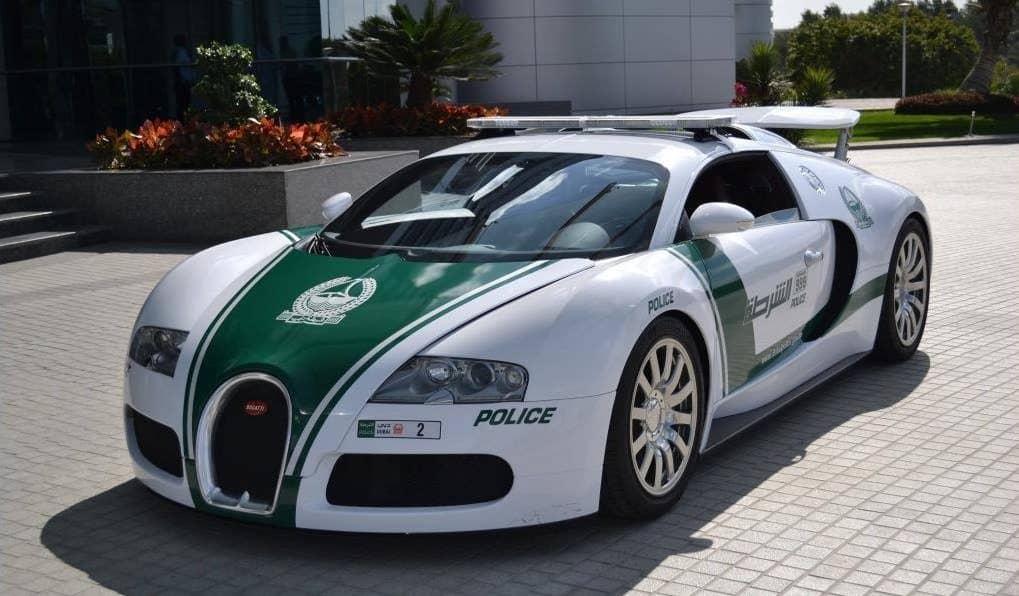
Moreover, according to the Hereditary Prince of Dubai, Shaikh Hamdan Bin Mohammad Bin Rashid Al Maktoum, “We’re not looking to just show off with the car, we’re looking to show tourists how friendly the police is here in Dubai.”
Car dashboard was from protection to control system.
In the beginning, a dashboard was just a piece of wood that was placed in a sleigh or carriage to protect the driver from mud or debris. But as cars are developed back then, the dashboard became a panel that was used to protect drivers and passengers from the heat and oil of the motor.
Nowadays, car dashboards are no longer used as protection, but it holds symbols to the components of the car control system like the fuel gauge, seatbelt warning light, temperature gauge, speedometer, malfunction warning light amongst other things.
"Automated Laundry" was the simple beginning of car wash.
In 1914, two businessmen opened a carwash called “Automated Laundry,” in Detroit, Michigan. Though it was called automated, everything in the car wash was done manually, workers pushed the cars inside the tunnel, it was just a pure pail and sponge job. Customers had to leave their vehicles in the car wash all day long.
Be mindful of Japan's car stickers!
Law in Japan mandates that drivers must put specific stickers on their cars. These stickers classify driver types, abilities, and even age. Car stickers also serve as a warning to other drivers to be more careful around cars having those symbols.

Wakaba (green leaf) stickers are for beginner drivers. They need to put the stickers on the front and back parts of the car for a year. The Kotsuba mark (autumn leaves) is for drivers over the age of 70. There are also stickers for handicapped and hearing-impaired drivers.
Originally, car tires were white.
In the first 25 years of car production, tires were white. Tire manufacturers used zinc oxide because it adds to the physical qualities of the finished rubber merchandise. It has the side effect of causing the tires to be super white. At present, manufacturers add carbon instead to make the tire black.
An average of 290 million car tires are disposed of in the United States yearly.
The disposal of tires is a global problem. In the United States alone, an average of 290 car tires are disposed of yearly. The number of used wasted tires that pile up in the dumpsite, sparked the idea of recycling used tires. At present, approximately 80% are being reused.
Rudolf Diesel developed a fuel-efficient engine.
German inventor and mechanical engineer Rudolf Christian Karl Diesel invented the first compression ignition engine and named his invention after himself.
The creation of the engine took 13 years. In the 1890s, his patent for an efficient compression ignition engine was granted. In 1897, his first successful diesel motor had its first run and is now being kept and displayed on the German Technical Museum in Munich.
Cars are parked 95% of the time.
Though most of the trips and transportation are done with cars, would you believe that 95% of the time cars are just parked? Based on a survey conducted in the United Kingdom, there are about 25 billion car trips, and with about 18 million cars, this suggests there are only 18 trips per week. A typical car is on the road for only 6 hours per week, and most of the time it is just parked.
Around 34% of the population use a right-hand drive car.
65% of the world’s population follow the stay on the right traffic law, and about 35% of the population observe left-driving. Most of these countries that drive to the left are part of the British colonies including South Africa, New Zealand, and Australia.

There is a bone of contention on why Brits use the right-hand drive cars, but most of these are related to their vibrant history; they need to keep their right-hand free to easily draw the sword if needed.
The "new car" scent is harmful.
We may be too excited to enjoy a ride with a new car, unfortunately, the new car’s scent comes from toxic chemicals called volatile organic compounds, and prolonged exposure to this smell may cause serious health effects. Some people experience headaches, nausea, and allergic reactions after being exposed to these substances.
Elon Musk's Tesla Roadster is out in space
Elon Musk’s Tesla Roadster was manufactured by Tesla and SpaceX. It is an electric sports car that was used as a mass simulator in the first attempt of SpaceX. SpaceX designs, manufactures, and launches the world’s most advanced rockets and spacecraft. On February 6, 2018, it attempted to launch a rocket into space. After the successful test flight, Roadster became the first car launched in space and became an artificial satellite of the sun.
Hans Trippel made the peculiar Amphicar.
Amphicar? Sounds absurd, right? But there is really a car that can be used on water. It is called an amphibious automobile. German designer, Hans Tripple devised an amphibious vehicle produced by Quandt Group.
Amphicars are convertibles used in both land and water. It has a speed of 7 miles per hour on water and 70 miles per hour on land. A total of 3,878 Amphicars were produced, and most of these were sold in the United States and the United Kingdom.
It’s really cool! Watch it for yourself!
Lyndon B. Johnson owned a blue lagoon Amphicar.
The 36th US President, Lyndon B Johnson, owned a blue lagoon Amphicar. He used this Amphicar when he visited his ranch in Texas.
The former president would usually take his friends or relatives for a joy ride with his peculiar car. A natural joker, he would play a prank that brakes were not working, and among his victims were cabinet members, and some new staff during his term.
"L'Oeuf" is Paul Arzens' creation.
Want to have a unique ride? You might want to try French engineer Paul Arzens’ one-of-a-kind car. It’s called “L’Oeuf” or the 1942 Oeuf électrique or the electric egg. In 1942, Arzen created an electric automobile with 3 small wheels and with a body weight of 60 kilograms but this increases to 350 kilograms when the battery and engine are added. It has a speed of 70 kilometers per hour or 60 kilometers per hour when there are two passengers.
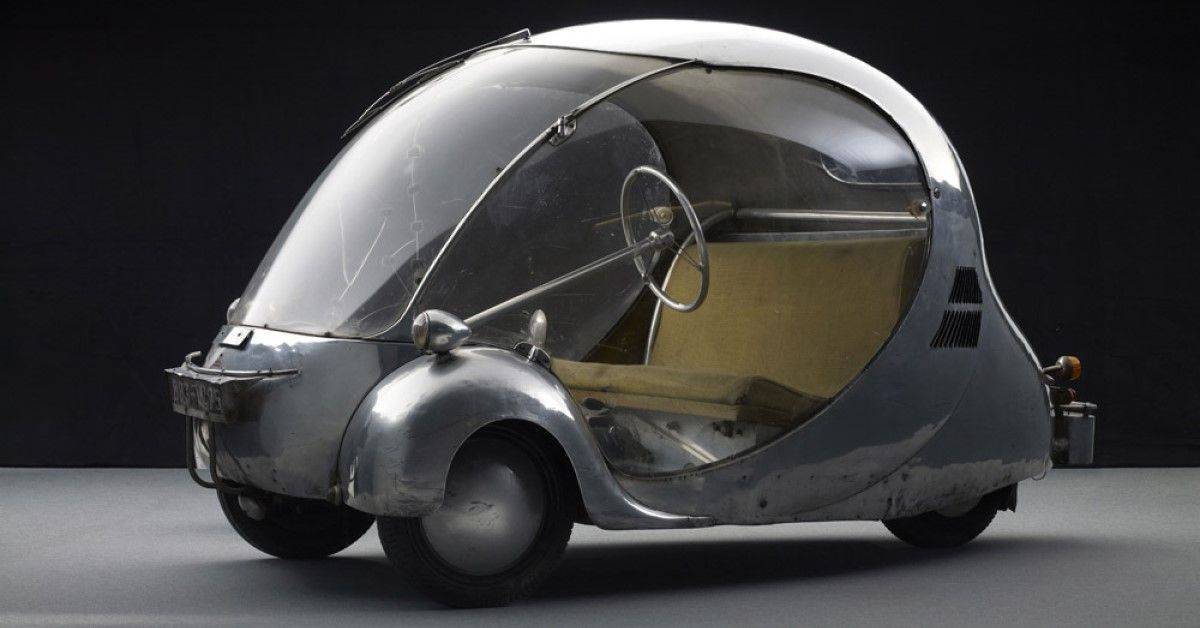
1959 Cadillac Cyclone is equipped with a car crash system.
Who would not love to have a ride with a fabulous car that has a car crash system? Cadillac Motor Car Division is an American car manufacturer under General Motors Company. One of their creations was the 1959 Cadillac Cyclone, a concept vehicle, one never meant for bulk production. General Motors head of design, Harley Earl, designed the Cadillac Cyclone with two black cones, which serve as its detectors for the car collision systems. Once it recognized an approaching object, its warning lights and high sound beep would be set, and brakes would automatically function.
Hot Wheels are known as collectible toy cars.
Car facts for kids and kids at heart! Many have long been fascinated with these toy-car collectibles of Hot Wheels. In 1968, an American multinational toy manufacturing company in California introduced collectible toy cars called Hot Wheels.
Elliot Handler, an American inventor, businessman, and co-founder of Mattel, was the primary creator of Hot Wheels. He once saw his son playing with a matchbox car, and got the concept to create toy cars that will compete with Matchbox. Several car companies have legally allowed Hot Wheels to imitate their car designs and even use their blueprints and detailing.
Hot Wheels called its first set of cars "Sweet 16."
On May 18, 1968, Hot Wheels released its first set of toy cars called ” The Sweet 16.” Harry Bentley Bradley, an American car designer, designed eleven of the Sweet 16. The first on the line was a dark blue “Custom Camaro.” The “Sweet 16” was the first in the Red Line Series, they highlighted a red pinstripe on the tires, and each cost 59 cents.
Transformers' "Bumblebee" is a Chevrolet Camaro.
The character Bumblebee originated in the Transformers media franchise. Originally, Bumblebee was a yellow Volkswagen Beetle but was changed to a Chevrolet Camaro. Bumblebee is the younger brother of Optimus Prime, the heroic and leader of the Autobots.
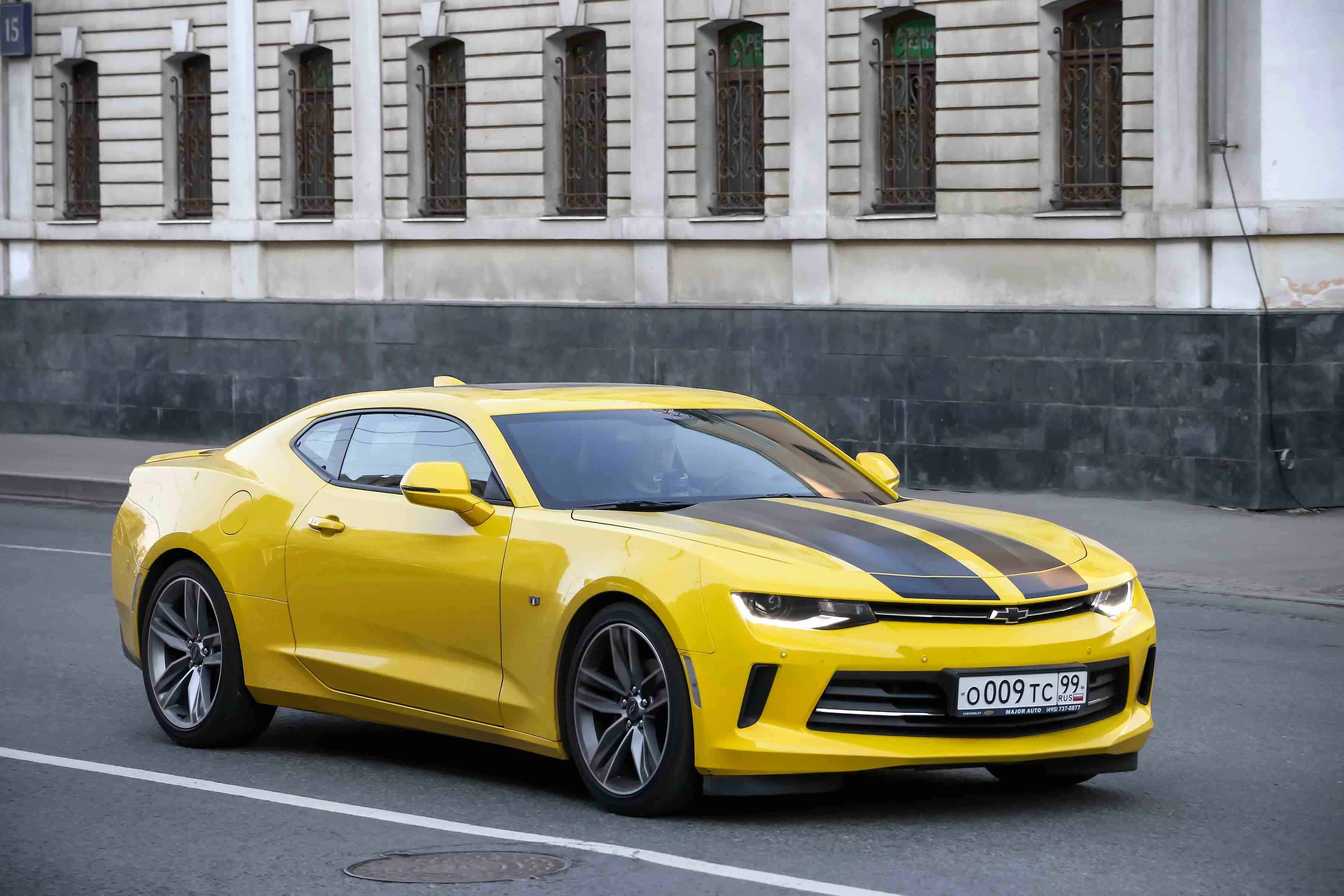
It is illegal to honk horns in New York.
In New York, one of the laws that drivers need to observe is the horn law. As opposed to what most people claim that it is illegal to sound the horn in New York not unless, during an emergency situation, it is stated in New York Traffic Law that the horn sound should be audible to serve as a danger warning but not unnecessary loud or harsh. Honk your horn in moderation and you will not be fined $350.
Mini 1000 is a sentimentality remembrance of Mr. Bean.
English actor Rowan Atkinson is famous for playing the role of Mr. Bean. Initially, his first car in the sitcom was an orange 1969 BMC Morris Mini 1000 Mark 2, but an off-screen accident damaged it.
The second car in the set was a green 977 British Leyland Mini 1000 Mark 4 with a black bonnet that later became the iconic car of Mr. Bean. In real life, Rowan Atkinson is a passionate car racer and he owns racing cars like Renault 5 GT Turbo and Aston Martin V8 Zagato, and a McLaren F1.
Agent 007 James Bond's first car was Sunbeam Alpine.
One of the trademarks of Agent 007 James Bond was to show off his cars on the big screen. Scottish actor Sean Connery played the role of James Bond in Dr. No in 1962. In this series, James bond drove a Sunbeam Alpine and was his first iconic car. The British Automobile Manufacturer, Rootes Group created the Sunbeam Alpine and launched it in 1953.
Cadillac One is the US Presidential car.
The official car of the United States President is Cadillac One, also called “The Beast” or “Stage Coach.” General Motors Corporation produced Cadillac and designed it with defensive features, like night vision, oil slicks against attackers, and blood compartment storage for emergency purposes.
John F. Kennedy had his last ride on his limousine.
Henry Ford’s limousine is not just known for its excellence, but also for the history associated with it. Former U.S. Marine Lee Harvey Oswald assassinated the 35th President of the United States, John Fitzgerald Kennedy, while riding in a limousine at a presidential motorcade on November 22, 1963, in Dallas, Texas.
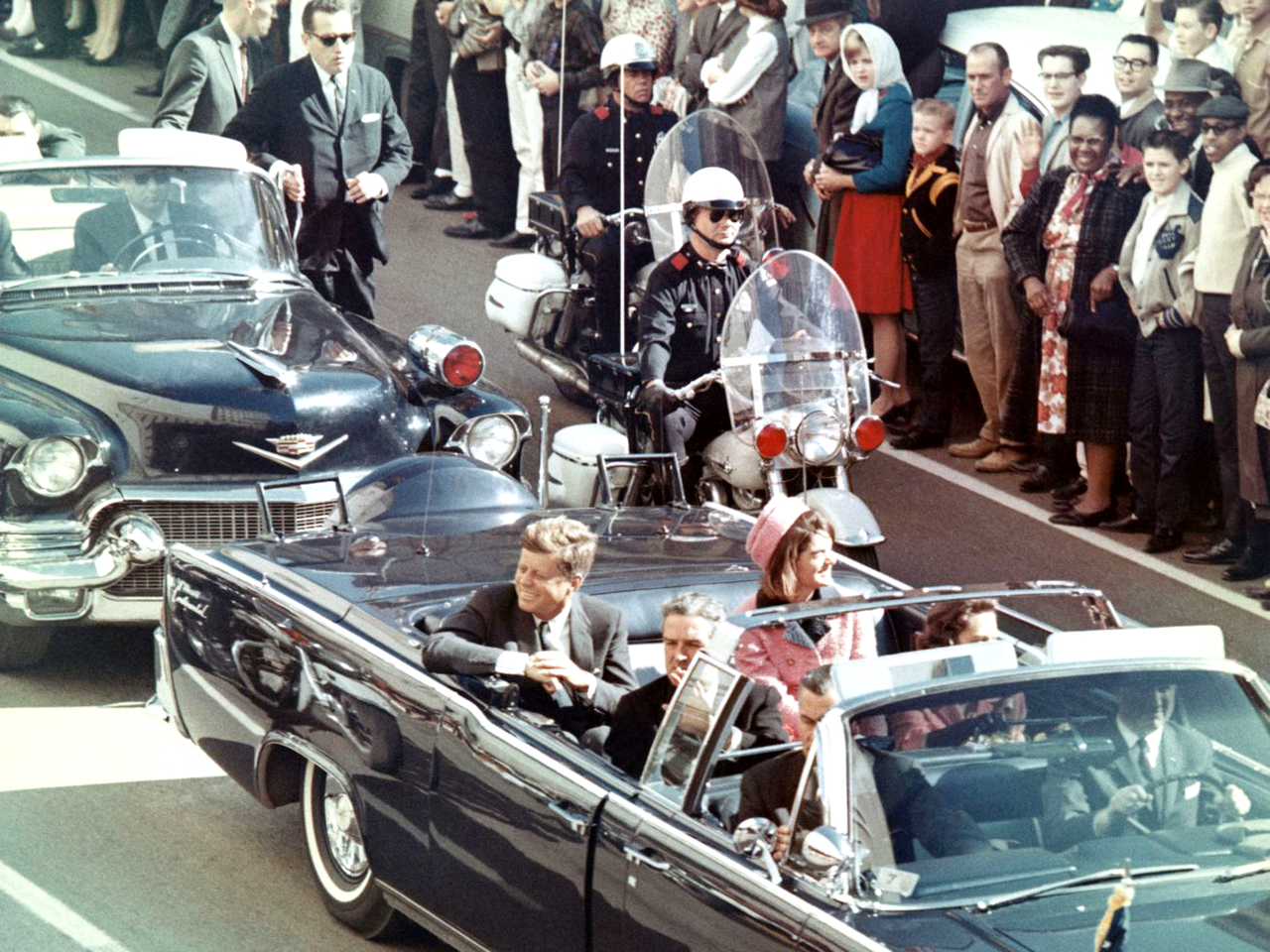
Paul Walker died while riding a Porsche Carrera GT.
American actor Paul Walker famous for his role as Brian O’ Conner in The Fast and the Furious series was killed in a car crash. He was riding a Porsche Carrera GT at the time of his death on November 30, 2013.
General Motors, Ford Motor Company, and Stellantis North America are the US Big Three.
In the early 1900s, United States considered General Motors, Ford Motor Company, and Stellantis North America as the “Big Three” or “Detroit Three.” For decades these three car manufacturers ruled the car industry of the United States, their tough competitors being Nissan, Honda, and Toyota.
An increasing number of animal roadkill is due to car speeds.
Roadkill is a common cause of animal death on highways. In the early 20th century, animal roadkill increased and the main cause is automobile speed.
Car horns produce the F note.
Drivers used car horns to give a signal or sometimes to get attention from nearby drivers. A car horn produces a beep or honk-like sound. It also emits a particular pitch that sounds like the F note. A typical car horn can produce 107 to 109 decibels.
Carpooling became famous in the US after World War II.
Carpool is the sharing of car travel so more than one person can travel on a car. Car sharing started during World War II, but became more prominent after World War II. The United States Office Of Civilian Defense encouraged workers to share rides in order to conserve rubber.
Asphalt 9: Legends is one of the most exciting android games
A mobile game developer, Gameloft developed an arcade mobile racing game called, Asphalt 9: Legends. In this game, drivers are free to choose the car that they want to drive. They can even make their own race club and also recruit players.
Was this page helpful?
Our commitment to delivering trustworthy and engaging content is at the heart of what we do. Each fact on our site is contributed by real users like you, bringing a wealth of diverse insights and information. To ensure the highest standards of accuracy and reliability, our dedicated editors meticulously review each submission. This process guarantees that the facts we share are not only fascinating but also credible. Trust in our commitment to quality and authenticity as you explore and learn with us.
